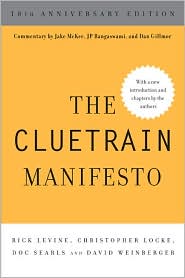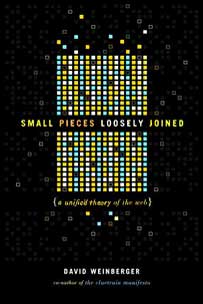May 26, 2019
Fake news, harassment, and the robot threat: Some numbers
Lee Rainie, of Pew Research, is giving a talk at a small pre-conference event I’m at. I’m a Lee Rainie and Pew Lifetime Fan. [DISCLAIMERS: These are just some points Lee made. I undoubtedly left out important qualifiers. I’m sure I got things wrong, too. If I were on a connection that got more than 0.4mbps (thanks, Verizon /s) , I’d find the report to link to.]
He reports that 23% of people say they have forwarded fake news, although most in order to warn other people about it. 26% of American adults and 46% between 18 and 29 years old have had fake news about them posted. The major harm reported was reputational.
He says that 41% of American adults have been harassed; the list of types of harassment is broad. About a fifth of Americans have been harassed in severe ways: stalked, sexually harassed, physical threatened, etc. Two thirds have seen someone else be harassed.
The study analyzed the Facebook posts of all the members of Congress. The angrier the contents were, the more often they’re shared, liked, or commented on. Online discussions are reported to be far less likely to be respectful, civil, etc. Seventy one percent of Facebook users did not know what data about them FB is sharing about them, as listed on the FB privacy managaement page.
A majority of Americans favor free speech even if it allows bad ideas to proliferate. [ I wonder how’d they answer if you gave them examples, or if you differentiated free speech from unmoderated speech on private platforms such as Facebook.]
Two thirds of Americans expect that robots and computers will do much of the work currently done by humans within 50 yrs. But we think it’ll mainly be other people who are put out of work; people think they personally will not be replaced. Seventy two percent are worried about a future in which robots do so much. But 63% of experts (a hand-crafted, non-representative list, Lee points out) think AI will make life better. These experts worry first of all about the loss of human agency. They also worry about data abuse, job loss, dependence lock-in (i.e., losing skills as robots take over those tasks), and mayhem (e.g., robots going nuts on the battlefield).
Q: In Europe, the fear of jobdisplacement is the opposite. People worry about their own job being displaced.








